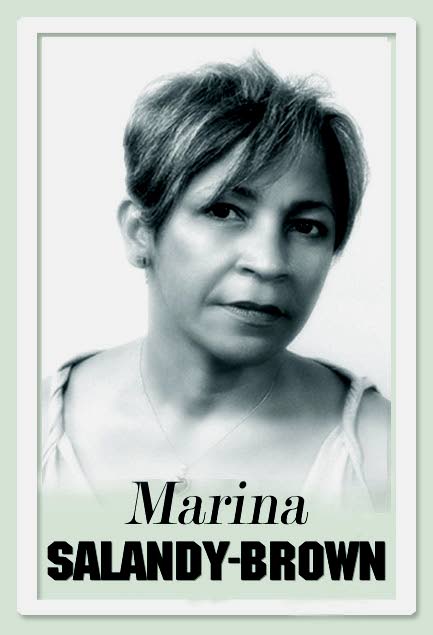The triumph of one-upmanship

As I write, the Emirates Airlines aeroplane taking me from Dubai to London is over Iraq. Basra lies far behind and Baghdad in the near distance.
The semi-verdant valley below is ancient Mesopotamia, which literally means between two rivers, not any two rivers, but the Tigris and the Euphrates that cradled a succession of great, ancient civilisations.
The majestic Tigris snakes its mossy green way through the vast expanse of rugged, arid landscape, along the foothills of low-lying mountains, between intermittent patches of extensive leaf green.
I imagine these respites to be oases or orchards. I also imagine that the empty, perfectly straight, wide roadway cutting across the desert floor, that from an altitude of 11,500 metres appears to be an enormous scar, is more used now by military convoys than forgotten caravans of nomads or Muslim-clad sellers of dates or silks.
As we approach Baghdad, agricultural activity grows more intense but the land does not resemble Israel or even Dubai where I spent the last week as a guest of the Emirates Literary Festival and had a chance to see how money can make the desert bloom.
As we turn west towards northern Jordan and Turkey, I recall the 1970s and what was then the status quo in most Arab countries – severe underdevelopment. Way over the other side of the Arabian peninsula from Dubai, towards Egypt’s Sinai peninsula, if you sat on a boat on the Red Sea in the Gulf of Aqaba and looked north you would see the popular resort of Eilat in Israel, the hills behind it lush like an imagined Garden of Eden.
On the Jordanian side of the border that divides it from Israel, however, you would see only scrappy desert, not an orchard in sight, the beach definitely not a resort. It was the best example of the difference large cash injections – at that time US$1 million a day from the US– could make. Israelis boasted they could make the desert bear abundant fruit; they did, and much more.
Arab countries around Israel were destitute then. They had fought and lost most of the wars they had embarked upon to defend Palestinians and contain resolute Israeli expansionist ambitions. We all know what happened. Occupied lands of Syria and Jordan were never returned and Israel trebled its size.
Two weeks ago President Trump decreed the hotly disputed East Jerusalem to be the new Israeli capital, thumping the last nail into that forlorn coffin of Palestinian desire to live happily and gainfully in the land they had planted and nurtured for countless generations before the creation in 1948 of a Jewish state. Trump called it the deal of the century; Palestinians protested, and President Netanyahu hurried off to move still more settlers in.
Palestine has become a sideshow for the Arab countries as they battle against powerful insurgent Islamic groups, fight proxy wars and try to manage the ambitions of international interests to control their enormous oil wealth. In the Persian Gulf, Dubai has carved out an enigmatic oasis of its own. It is one of the states that comprise the seven-member United Arab Emirates, formed in 1971 with Abu Dhabi as its capital.
Dubai seems to have taken on the feat of showing Israel that it can turn the desert into anything it wants because it has the means to do so. It is hard to get a sense of what Dubai is exactly, apart from a very glitzy city with hundreds of malls selling every luxury you would ever want and probably never need. Its skyline of innumerable skyscrapers rivals any ultra-modern city and sports the highest building in the world.
Dubai is trying to make a point: its landmarks are either the most costly or the largest in the world. Everything is new and set up to make life easy for those who live there, the majority of whom – 85 per cent – are foreign, speaking myriad languages. It’s hard to resist the theme park comparison when all vestiges of a desert life have disappeared with the ongoing creation of a futuristic city, which provokes nagging questions about sustainability and comparisons with dystopian novels and films – the opening shots of the cult sci-fi 1980s film Blade Runner comes to mind.
In the 1950s, Dubai was poor. Its people still lived off Dubai Creek, a long-time free port for trade between east and west. However, its ruler had a vision of the future. He based development on Dubai’s limited oil supplies but today only five per cent of Dubai’s revenue is from oil. His country achieved what we find so elusive – economic diversification.
He exploited Dubai’s assets, adding a new deepwater harbour and put down other infrastructure. A mega international airport turned Dubai into the region’s aviation capital, and its real estate investment made it a top tourist destination – keeping the foreign cash flowing.
It’s now one of the world’s biggest international retail, service, financial and manufacturing centres and an example of smart leadership and determination, not without a little hubris.


Comments
"The triumph of one-upmanship"